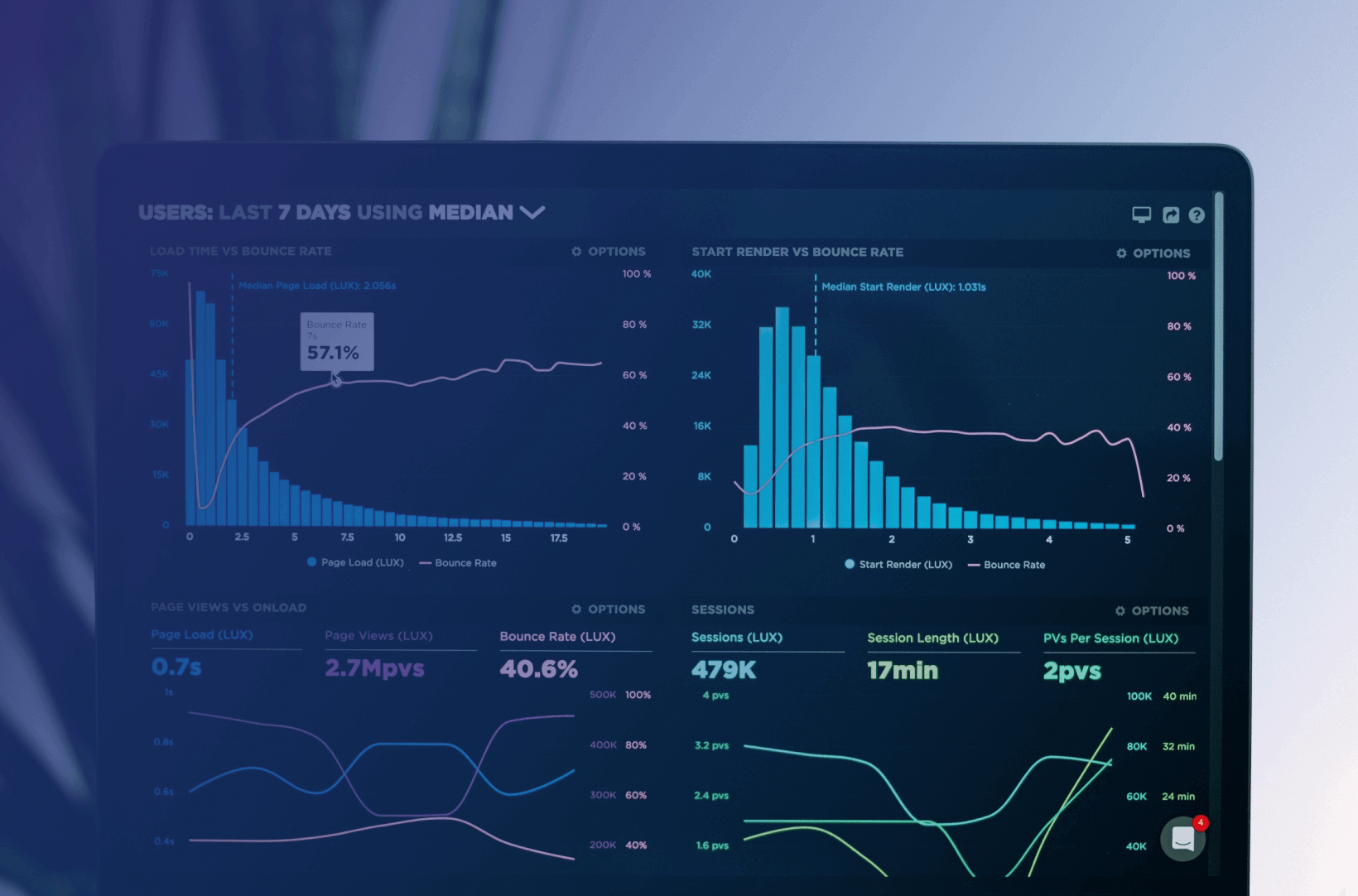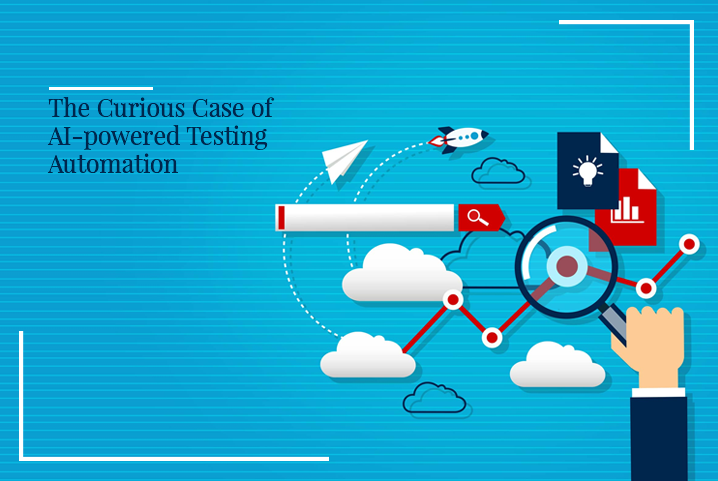
In today’s dynamic business landscape, I find myself deeply intrigued by the transformative potential of integrating generative AI. The prospect of introducing novel ideas and cutting-edge technologies to revolutionize our operations is truly exhilarating. While change can be unsettling, I believe that generative AI can serve as a bridge, facilitating a seamless transition by offering both incremental improvements and significant shifts in our core processes. The key lies in aligning these AI-driven changes with our overarching goals, fostering a culture that embraces innovation and new ways of thinking.
What resonates strongly with me is the emphasis on people. It’s more than just technology; it’s about investing in our skills, nurturing continuous learning, and ensuring that AI becomes an amplifier of our human capabilities. The notion of tailoring AI models to suit our unique needs is captivating, though I’m aware of the challenges tied to organizing data and building robust technical foundations. This is where the emerging ecosystem of collaborative partners holds promise, providing a rich pool of expertise and resources to draw from.
As someone who places great value on ethics and responsibility, the ethical dimension of generative AI adoption holds immense significance. Embedding responsible AI practices from the design phase to governance aligns with my personal values, ensuring that our innovations are not just groundbreaking but ethically sound. Following this roadmap feels like my way of tangibly contributing to shaping a future where technology and ethics harmonize, unlocking the true potential of generative AI while upholding values that I hold dear.
Think Business, Use AI for Change
From my perspective, introducing new concepts and innovations to a company is a daunting yet essential task. The integration of generative AI, I believe, can act as a catalyst for this transformation. This process, resembling experimentation, aims to identify the most effective approaches. Through this, organizations can foster a culture of support for novel ideas and facilitate the adoption of transformative changes. This involves two avenues: using simple AI models for quick wins and specialized data models for fundamental shifts in core processes. Aligning these steps with our overarching goals remains pivotal, as it not only identifies successful AI approaches but also underscores the required efforts and resources for each scenario.
Prioritize People for Generative AI Success
In my opinion, unlocking the full potential of generative AI hinges on prioritizing people. This entails investing in AI skills like engineering and fostering continuous learning. By enabling effective collaboration between employees and AI-driven processes, businesses can strike a balance between technological advancements and human capabilities. I acknowledge that the impact of generative AI on work time varies, underscoring the need to find equilibrium. Prioritizing people ensures that AI becomes a tool that enhances human performance rather than replaces it.
Prepare Data for Customizing Models
In my view, tailoring foundation models to fit specific business needs requires access to domain-specific data and knowledge. Unlike previous AI initiatives, foundation models demand well-organized data for effective learning. Addressing data challenges becomes a priority, prompting businesses to adopt a strategic approach to data collection, refinement, and deployment through modern cloud-based platforms. This not only supports AI endeavors but also establishes a foundation for comprehensive data utilization across the organization. Embracing a unified data approach enables businesses to break down data silos and facilitate widespread data-driven decision-making.
Establish a Strong Tech Foundation for Sustainability
In my perspective, successful generative AI integration hinges on establishing the right technical infrastructure, architecture, and governance. Organizations must evaluate their setups to accommodate the computing demands of generative AI, considering factors like cost and sustainable energy consumption. Weighing the cost-benefit ratio of generative AI against other analytical approaches is crucial to determine its suitability for specific use cases.
As AI adoption rises, the associated carbon emissions also increase. This underscores the need for a robust green software development framework that prioritizes energy efficiency and emissions reduction. A forward-looking approach recognizes AI’s role in broader sustainability and Environmental, Social, and Governance (ESG) goals, showcasing AI’s potential to drive efficiency and environmental responsibility.
Drive Ecosystem Innovation
From my individual standpoint, developing foundation models is intricate and resource-intensive. For most companies, especially smaller ones, embarking on this journey alone might be unfeasible due to extensive demands. Thankfully, a thriving ecosystem of partners, driven by cloud hyperscalers, tech giants, and startups, is emerging.
The significant global investment in AI startups and scale-ups emphasizes the potential of these collaborations. Partnering with these entities provides access to invaluable expertise and insights amassed from leveraging foundation models across diverse applications. Collaborative relationships with technology firms, professional services, and academic institutions are pivotal for navigating the ever-evolving AI transformation landscape. Leveraging collective strengths enhances innovation and accelerates the effective utilization of foundation models.
Elevate Ethical AI Practice
In my estimation, the rapid adoption of generative AI raises ethical considerations to a prominent position. Responsible AI practices are imperative for any organization. It’s crucial to have measures in place to assess potential risks associated with generative AI during the design phase. Ethical AI approaches must be seamlessly integrated throughout the business. Despite the widespread recognition of responsible AI’s importance and AI regulation, few organizations have firmly established robust foundations.
It’s paramount for organizations to establish CEO-led responsible AI principles that extend to effective governance structures for risk management, internal compliance, and adherence to laws and regulations. This transition from reactive to proactive strategies nurtures mature Responsible AI capabilities that encompass principles, governance, risk management, technology deployment, and comprehensive training.
A Transformative Journey
In conclusion, the journey of integrating generative AI into business operations holds immense potential for transformation. By placing people, data utilization, sustainability, and ethical considerations at the forefront, we can unlock this potential while upholding responsible practices. Collaborative partnerships within the evolving ecosystem amplify innovation and provide a wealth of expertise. As we embrace this roadmap, how can we collectively navigate the AI landscape with confidence, fostering growth, efficiency, and responsible innovation? How might we effectively harmonize AI’s capabilities with human ingenuity to reshape industries and create a more sustainable, ethically conscious future?
In this exciting juncture, I invite you to ponder these questions, to explore the intersection of technology and ethics, and to engage in a dialogue that shapes the future of generative AI in business. What questions arise for you as we embark on this transformative path? harmonious fusion of technology and ethics, the promise of generative AI can be realized, contributing to a world where innovation thrives while respecting ethical values.
Written By: Mayur Tiwari








